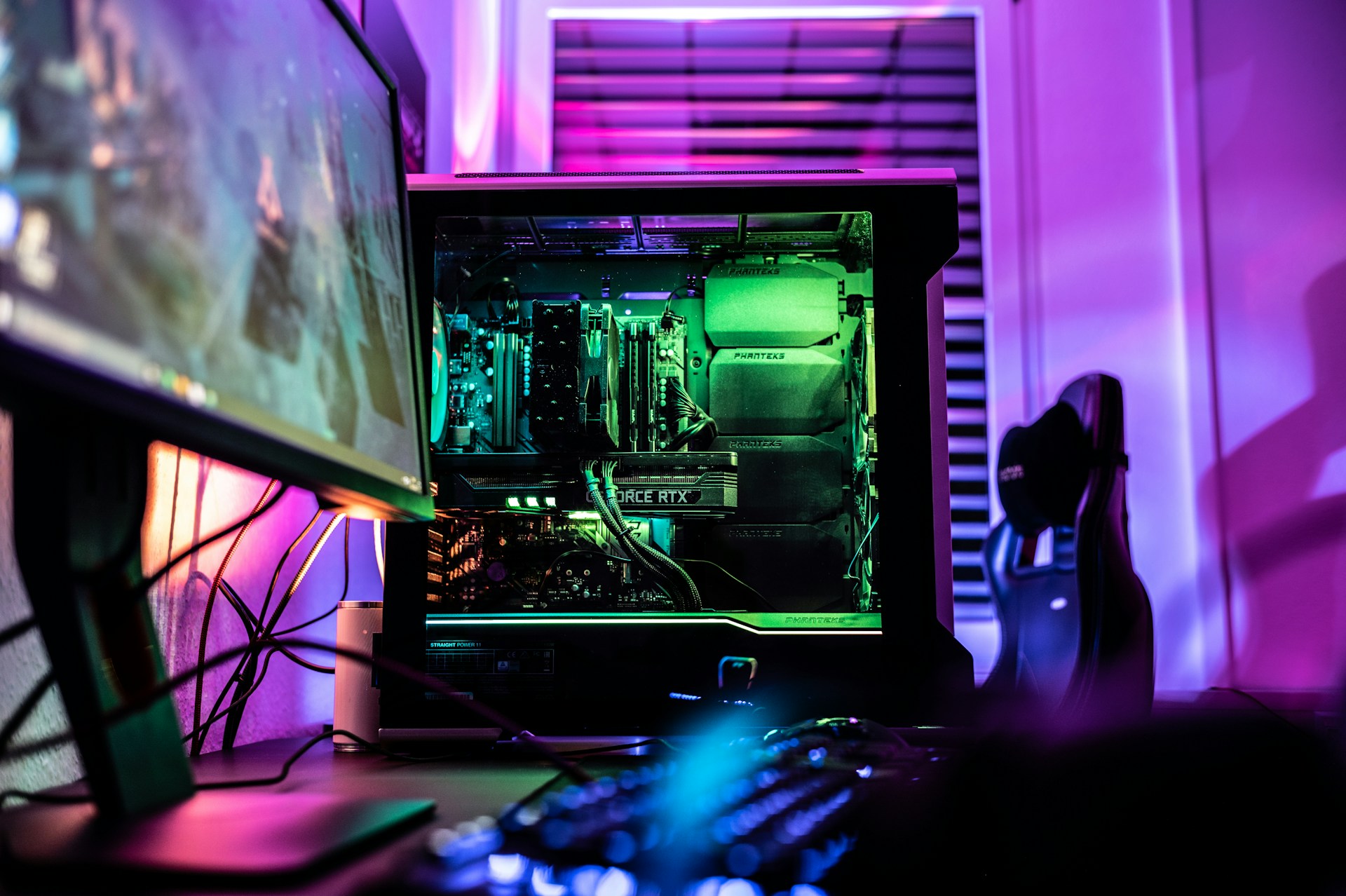Windows’ most recent operating system, 8.1, has earned acclaim for its variety of productivity-minded additions. Although adapting to any new operating system can be difficult, many new users of Windows 8.1 will quickly embrace the new features, especially the ones that help increase productivity.
1. Boot-to-Desktop Mode
For many Windows users, one of the biggest changes in Windows 8.0 was booting up to a new Start menu interface as opposed to the traditional desktop. There was no option in 8.0 to boot directly to desktop, but it is now possible in 8.1 by doing the following.
- Click on the Windows 8.1 taskbar and select “Properties”
- Within the navigation tab, beneath “Start screen,” check the box next to “When I sign in or close all apps on a screen, go to the desktop instead of Start.”
From now on, your Windows will boot to the desktop instead of the default Start screen.
2. Navigate Recently Used Apps
Many Windows users, especially those who use a computer frequently for work, switch between the same dozen or so apps every day. To speed up the process, simply move your mouse pointer to the upper-left corner and then move the mouse downwards. Here, you will see recently used Modern-style apps. You can also access this screen by pressing the Windows key and tab.
3. Opt for Familiarity, if You Prefer
Another way to increase productivity is to stick with familiarity. With that in mind, many Windows 8 users found the new operating system’s Start button not to their liking. Instead of showing a list of programs, setting, and search functionality like before, the new Start button just brings the user into the new Windows 8 start screen. That’s much too simplistic for some users.
4. Download Classic Shell for a Familiar Start Menu
Now, with Windows 8.1, you can change the start button back to its classic form by using the free software Classic Shell, which provides a highly customizable start menu feature that can aid your productivity significantly.
5. Know Your Keyboard Shortcuts
Especially when you’re in the midst of typing, knowing the keyboard shortcuts for Windows 8.1 can save loads of time. The shortcuts below are useful for anyone who uses Windows to get work done.
- Windows key + C: Opens up the right sidebar, with search, share, start, devices, and settings buttons.
- Windows key + O: Locks the orientation of the screen.
- Windows key + Q: Opens App Search.
- Windows key + M: Minimizes all windows and returns you to the desktop.
- Windows key + H: Share a screenshot of your desktop.
- Windows key + F: Opens up the search box.
- Windows key + I: Opens up settings.
6. Use Jump Lists to Switch Quickly Between Files
Jump lists are not a particularly new feature for Windows, but with the new OS’s emphasis on multi-tasking it’s as useful as ever. You can access jump lists by right clicking on an app that’s in the bottom start bar; jump lists provide the most recent files opened within that specific program.
For example, right clicking on the Microsoft Word icon in the start bar will bring up the most recently opened files in that program, or the files that you set to appear by pinning them. This is a very useful practice for jumping around between various files.
7. Take Care of File Associations Immediately
When you first install Windows 8, make sure to open files as you would throughout a busy workday. This way, you can begin assigning file extensions to specific programs with care and precision, as opposed to doing so in the middle of the hectic workday.
8. Use OneDrive for Extra Storage
If you want extra storage for free, search for OneDrive. It’s installed on every Windows 8 machine and offers 15GB of free space for every user. Placing a file into the OneDrive ensures that it’s backed up securely via the cloud. This can save time, since you will be able to worry less about your hard drive filling up.
9. Refresh Your PC
It’s easy to refresh Windows 8 without affecting your files, which can provide a speed boost to your entire system without interrupting your work. To do this, go to update and recovery options in settings and click “Get Started” beneath “Refresh Your PC without affecting your files.”
10. Keep Notepad Pinned to the Start Bar
Many of us keep yellow sticky pads and a pen nearby, just in case we need to write anything important while browsing. It will save time to simply pin Notepad to the start bar, so you can use it to take memos and notes in a second.
Although the new Windows OS may be difficult to get accustomed to at first, new users will gradually grow fond of its productivity-forward features and interface, especially if they use the tips above.
Images by SplitShire
[mc4wp_form]
Recent Stories
Follow Us On
Get the latest tech stories and news in seconds!
Sign up for our newsletter below to receive updates about technology trends















